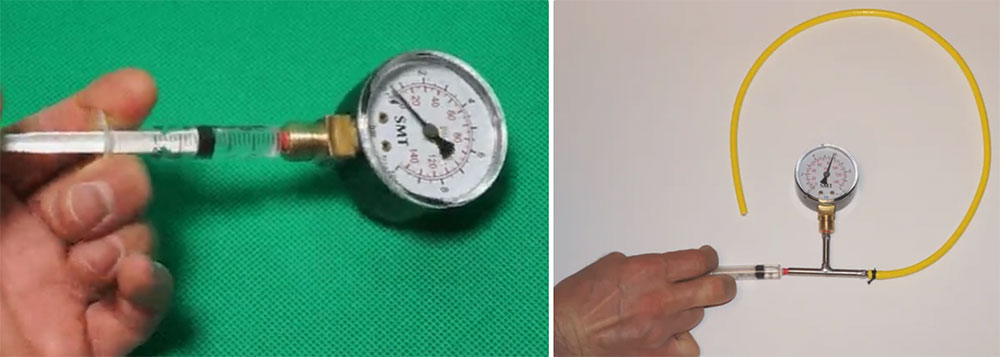If you are building an underwater ROV you will notice that it is very convenient if the tether cable has a positive or neutral buoyancy. Such a cable has significantly less chance of catching on to anything and your creation will not be in danger of staying on the bottom for ever. But even a good floating tether can be damaged and flooded with water. Will it retain neutral buoyancy after leakage or permanently lose it? Many cables have protection against leakage, but how good is this protection, to what depth does it work and which piece of cable will be damaged after water hit? Let's test one of the most popular 2 * 2 * 26AWG cables and see how good it is!
High Pressure With Your Hands

How can we create such a pressure without deep water? You can do it with one finger using a regular medical syringe! Just draw water into the syringe and push the plunger. The maximum pressure will depend on the strength of your hands and the diameter of the syringe. The thinner the syringe, the more pressure you can create. For example, with a 2 ml syringe I easily create a pressure of 300-360 PSI (200-250 meters underwater!!!).
Cables usually have a layer with SAR. Super absorbent polymer (SAR) is an important water-blocking material. It can absorb quickly the permeated water when the outer layer of cable is broken. Cables that suffer damage can start to take on water. If a SAF-containing tape or yarn is in place, this will rapidly absorb the liquid at the point of entry and swell to form a gel, blocking any further water ingress.